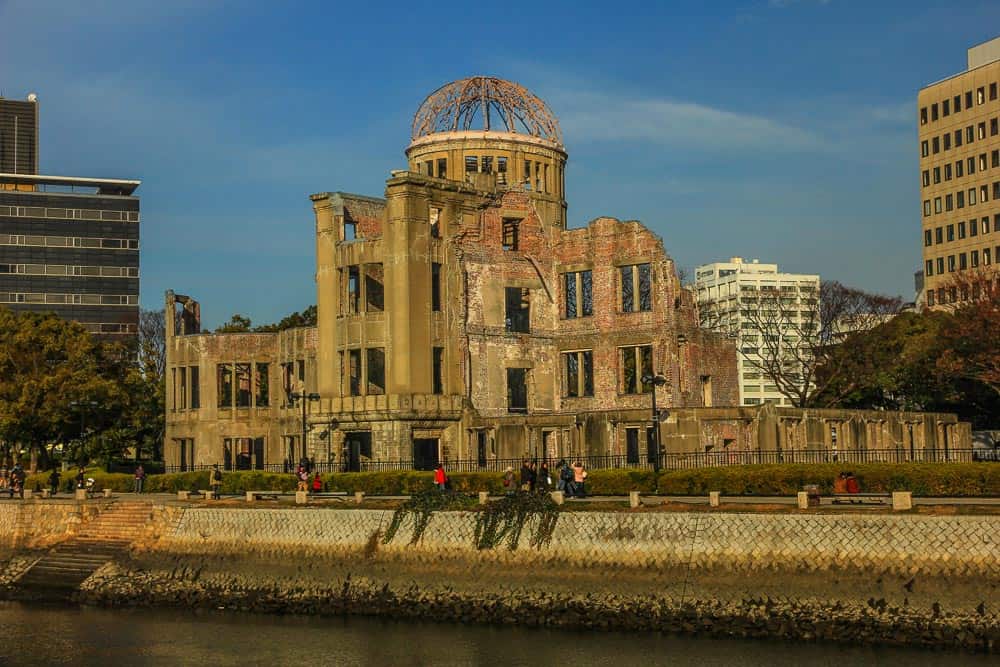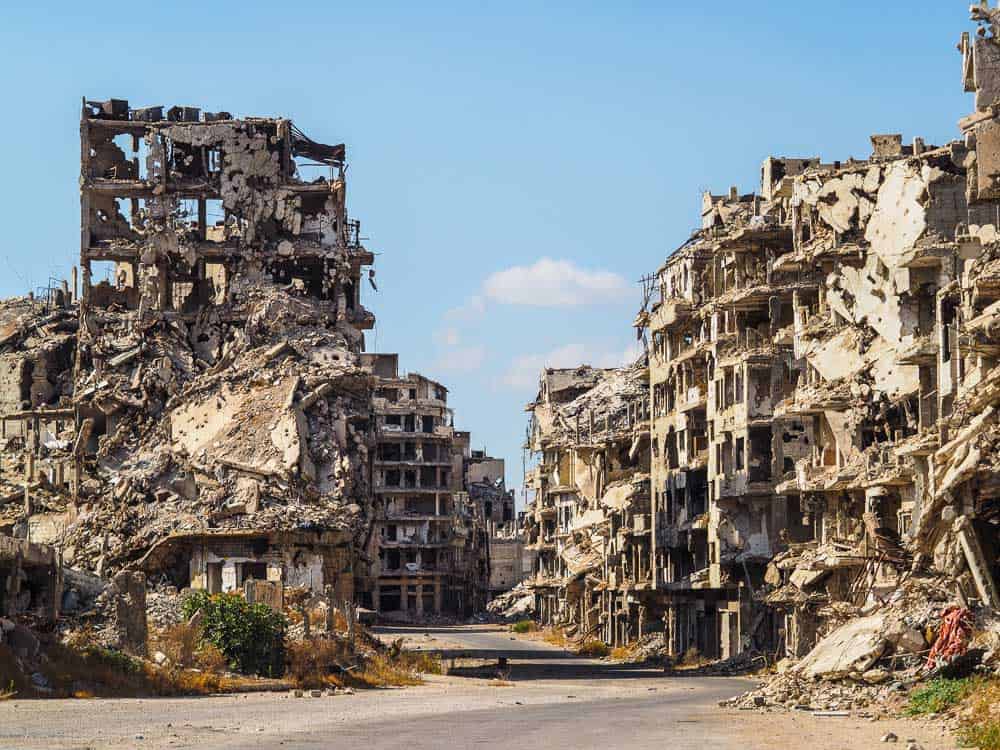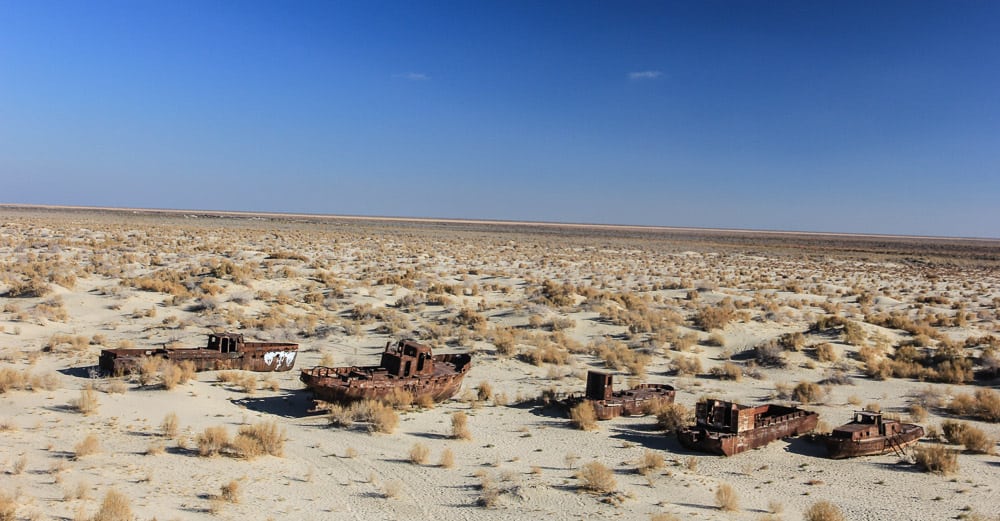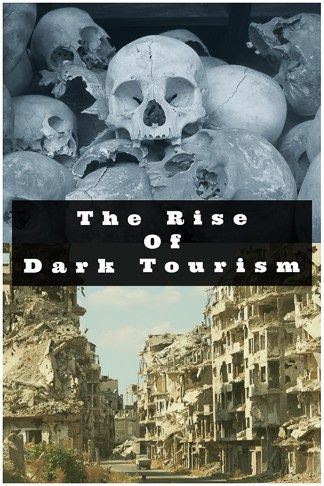There are few things more exciting than packing your bags, jumping in a taxi and heading off to the airport to start your next holiday or travelling adventure.
But what if that destination happens to be the location of death or tragedy?
From Ground Zero in New York to the Killing Fields in Cambodia, these sites of incomprehensible horror have now become regularly frequented in a practice that has become known as ‘dark tourism.’

Killing Fields in Cambodia.

Killing Fields in Cambodia

Killing Fields in Cambodia
Of course, the concept of dark tourism has likely been around since people began to travel as a mainstream form of entertainment.
But as with many things, these days, the combination of mass tourism and the digital revolution allows the ease of sharing your experience in real-time on social media, giving much more awareness to a very sensitive and delicate form of tourism.
The human race has long had a fascination with the macabre, which might well explain this interest in dark tourism. However, there is a growing discussion around the ethics of the practice.
Though it must be noted, visiting these kinds of sites is not new.
It’s a well-known fact that swathes of tourists visited the fields of the Battle of Gettysburg before the embers had even cooled and the bodies cleared away.
The problem now seems to be the small, but significant minority of people who deem it appropriate to take selfies at Auschwitz or stream a live blog from Hiroshima Memorial Park.

Hiroshima Memorial Park
Much of the discussion around dark tourism suggests that visiting these sites for the right reasons, such as education or enlightenment, is morally acceptable, while those looking to indulge themselves or post about their visit on social media are not.
This might be an admirable approach, if impossible, to implement.
I have visited numerous sites of dark tourism, and they have been viscerally emotional, informative and changed the way I think about certain localities and the wider world.
The more pressing question around dark tourism is who reaps the economic rewards of the millions of tourists who happily part with their cash?
While many of these sites are free to visit, and others organized to ensure the money to go back to those affected by the tragedy in question, some are out to make quick cash at the expense of those who died.
There are certain aspects of dark tourism which evidently cross a line – one notable example is a visit to the Golan Heights with the hope of seeing violence.
But more and more tourists from all over the world decides to visit war zones these days.
Mostly to get to see for themself what´s really going on, but also to talk to locals who survived the battles and to hear their stories. One of these destinations is Syria, which is starting to rebuild its tourist industry, a destination where luckily most of the historical sites have survived the war.

Homs In Syria, the devastated city in Syria.
In fact, some tour operators have cornered the market in taking people to active war zones. This seems at best idiotic and at its worst an example of dignity-robbing voyeurism.
Another well-known example of dark tourism is making a visit to the infamous concentration camps once used by Nazi Germany to oppress, imprison and murder millions of Jews across Europe.
Auschwitz is perhaps one of the most well-known of these former camps located in southern Poland.
While official tours and visits to the site follow a variety of ethical norms, some tourists who make the trip may actually be doing a disservice to the historical memory of the site by posting insensitive content on social media.
While most people likely visit dark tourism sites to recount the tragic history and pay respects to those that suffered and died, a noticeable subset of tourists lacks respect or empathy for those affected and social media giving them an outlet to amplify their disrespectful actions.
While not all dark tourism destinations are old war zones, so are also environmental disaster sites around the world, becoming popular destinations to visit.
One of these destinations is Monyq in Uzbekistan, home to what´s still one the biggest human-made natural disaster to this day, the disappearance of the Aral Sea which was once the fourth largest lake in the world.

Old rusted up boats in Uzbekistan, where the shore of the Aral Sea used to be
These extreme examples aside, provided that dark tourism is executed safely and respectfully; there is no reason it cannot prevail as a moving and informative way to experience history firsthand.
It’s often said that one learns more from their mistakes than successes and the same could be said for human society in general.
We must acknowledge the past but learn the lessons of those that came before us and dark tourism, if practised ethically, can help us do just that.
Auston runs the blog Two Bad Tourists and is also a freelance writer. His work has been featured in many publications including Attitude Magazine, Edge Media Network, The Houston Chronicle and ManAboutWorld Magazine.

Dark Tourism is getting more and more popular
